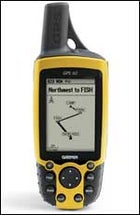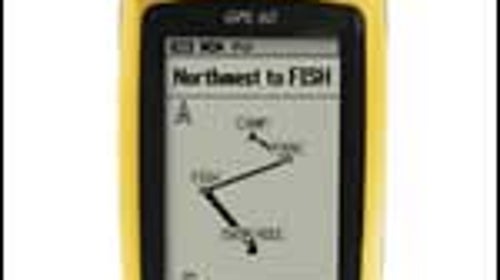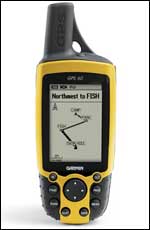Well, in theory the eTrex ($106; www.garmin.com) can lock on to as many as 12 GPS satellites, and it’s billed as capable of receiving signals even in dense forest. So I’m a little surprised it didn’t work in the SierrasI’ve used the eTrex and found it to be pretty good at receiving signals. It’s possible you were also getting some interference from surrounding peaks, which can indeed block signalsand very easily.
 Garmin GPS 60
Garmin GPS 60
Still, it’s true that more money will buy you better reception. Garmin’s GPS 60, for example, costs a still-reasonable $193 but comes with what Garmin calls a quad-helix antenna, providing better reception than the antenna in the eTrex. The GPS 60 can also take a plug-in external antenna, although I wouldn’t think you’d want to fool with that. It’s also waterproof and very compact, with one megabyte of memory for a ton of waypoints. Where you can receive a signal, the GPS 60 is also WAAS-enabled, allowing you to tap into the Wide Area Augmentation System for GPS, which improves accuracy.
Magellan’s eXplorist 300 ($200; www.magellangps.com) also claims to have better-than-budget-model reception. It’s also a mapping model with eight megs of memorypretty impressive for the price. And it has barometric elevation (more accurate than satellite-based readings) and a digital compass. A good choice for your needs, I would think…
Hope this helps you stay on course!
For more expert reviews of GPS units and other great navigational gizmos, check out ���ϳԹ��� Online’s all-new .


